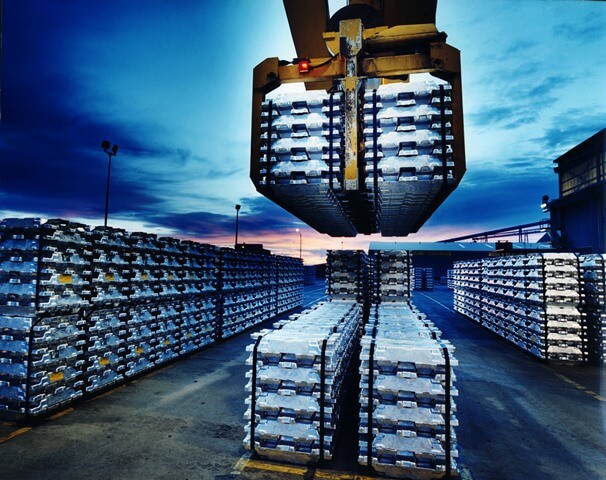The “biggest problem” we are referring to is CO2 emissions based on International Energy Agency research, around 20% of man made greenhouse gas emissions are generated by the transportation sector.
The reduction of the weight of transportation vehicles is an important method of improving fuel efficiency, reducing energy consumption and greenhouse gas emissions. Other measures include improved engines, lower air friction and better lubricants. Greater use of Aluminium will lower CO2 from transportation.
Transport related greenhouse gas emissions amount to 7.6 billion tonnes annually. A 2004 study by Helms and Lambrecht concluded that about 660 million tonnes of greenhouse gas could be saved during the use phase if all transport units (including road vehicles, trains and aircraft) were replaced by lightweight vehicles of current design with the same functional properties. Approximately 870 million tonnes were possible with advance designs.
A vehicle’s life cycle covers three discrete parts: production, use, and end-of-life. With the ability of aluminium to be recycled, this process is better described as “cradle to cradle” rather than “cradle to grave”. The use stage dominates energy consumption and correspondingly carbon dioxide (CO2e) emissions, while production and end-of-life stage represent less than 20% of the CO2e burden. The focus of measures to reduce energy consumption during the life cycle of a vehicle should therefore concentrate on the use stage.

Since its introduction to transport, aluminium has made an impressive contribution to the light-weighting of land and marine vehicles and will continue to do so. The demand for aluminium in transportation has been increasing year by year. In 2010, about 30% of aluminium used globally was used in transportation. In 2000 each automotive vehicle contained on average between 100 and 120 kg of aluminium and in 2012 around 155 kg. This number is set to increase to 250 kg by 2025.
The aluminium industry has consistently sought to develop and optimise components for the transportation sector in terms of weight savings through the replacement of heavier materials -saving fuel and reducing greenhouse gases.
Substitutions by aluminium are made component by component in different vehicle series. Each component is subjected to individual life cycle analysis providing a detailed profile of the energy and greenhouse gas savings.
A life cycle model developed by the aluminium industry can be used for these component specific calculations for all modes of transport, including automotive, trucks, trains and ships. All of the results have been generated utilizing public available information on aluminium production, usage and recycling and observing the principles of life cycle assessment per ISO standard 14044 with regards to energy and greenhouse gas emissions.
In 2006, about 65 million passenger cars and light trucks were produced globally. The achieved weight savings due to aluminium will lead to
potential global CO2e savings of 140 million tonnes. The total primary energy saved due to the application of aluminium during the life cycle of
passenger cars and light trucks produced in 2006 is equivalent to about 55 billion litres of crude oil
Source: http://bit.ly/1OQS0M8

This is amazing!!! Definitely sharing and saving for later!